I’ll be honest, when I first heard about cash back credit cards, I was pretty skeptical. I thought, is this just another money trick? But after ten years as a certified financial planner, I’ve really come around. I now see they’re legit money-saving tools—if you use them smartly. Here’s the basic idea: these cards give you back a chunk of what you spend. They put money right back in your pocket, turning your regular shopping into savings. The real win comes when you match your spending to the right rewards card. But hey, with all those recent credit card outages, it’s a good reminder—always have a backup way to pay.
Table of Content
- How Cash Back Credit Cards Actually Work
- Choosing the Right Cash Back Card For Your Spending
- Maximizing and Redeeming Your Cash Back Rewards
- Common Pitfalls and How to Avoid Them
- Ethical and Sustainable Considerations
- Advanced Strategies and Future Trends
- FAQ About what is cash back rewards credit cards
So how do cash back credit cards actually work?
Let’s break down how you earn those rewards.
Basically, cash back programs give you a percentage of what you spend. You get back a set portion of your purchases. Most cards give you 1-2% back on everything.
But some have rotating bonus categories—like 5% on groceries each quarter—or special tiers for certain types of spending. Here’s the key thing: rewards aren’t cash right away. They build up as points or a balance, and you have to redeem them yourself.
You can usually get statement credits, direct deposits, or even a check. A 2023 report from the Consumer Financial Protection Bureau found that about 67% of people with rewards cards don’t get the most out of their earnings. They just don’t get how to redeem them properly.
To actually get your rewards, you need to use your card issuer’s system. Big names like Chase, Capital One, and American Express usually make you hit a minimum—often $25 to $50—before you can cash out.
I always tell my clients to set reminders for when those quarterly categories change on rotating cards, and for when it’s time to redeem. A 2022 study by J.D. Power showed that people who set up automatic redemption are 28% happier with their cards than those who do it manually.
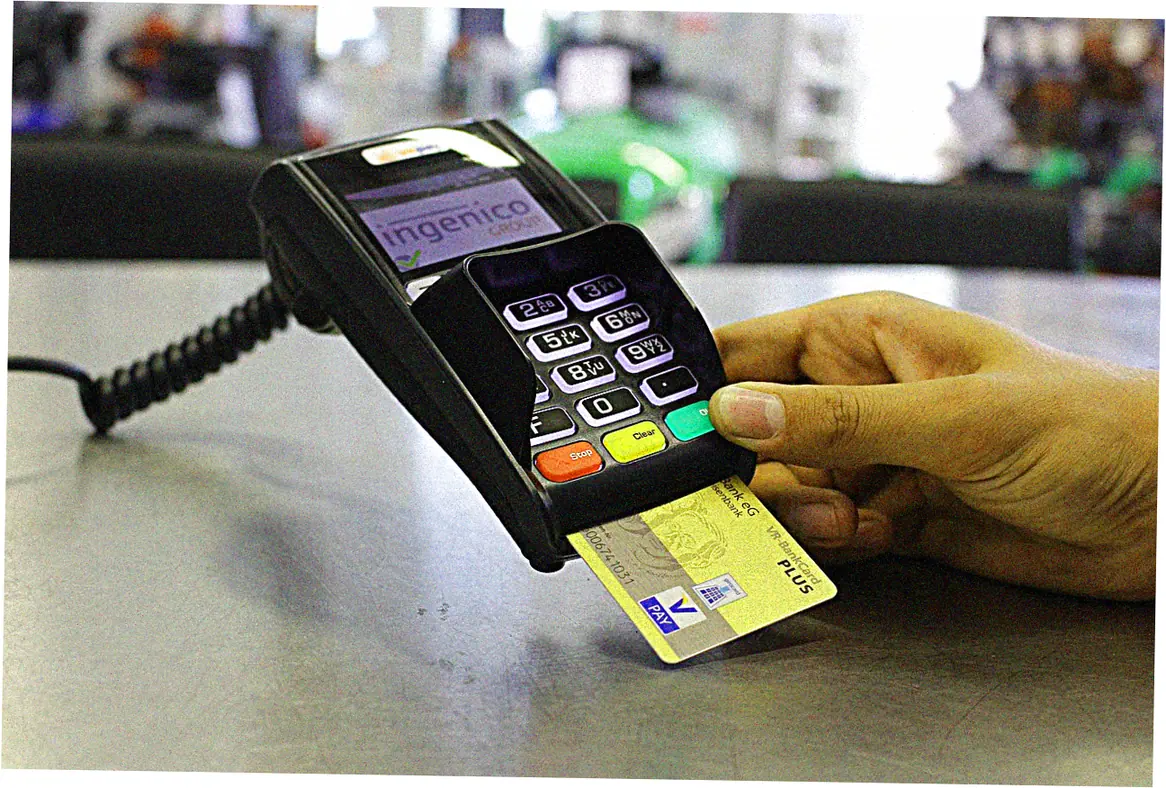
Now let’s compare the different reward structures.
Flat-rate cards are simple: you get the same percentage back on everything. No need to track categories. Take the Capital One Quicksilver—it gives a steady 1.5% on all spending.
It’s great if you like things simple and don’t want to worry about bonus categories. From what I’ve seen with my clients, flat-rate cards work better for about 42% of people—especially those who spend a little bit on a lot of things.
Then there are category-specific cards. These give you bonus rewards in certain areas, like groceries, gas, or eating out. The Chase Freedom Flex℠ famously offers 5% back on rotating quarterly categories
(upon activation) plus 3% on drugstore purchases and dining. I’ve found that people who really benefit from these cards usually spend $500 or more each month in those bonus categories. Otherwise, a flat-rate card might be a better deal.
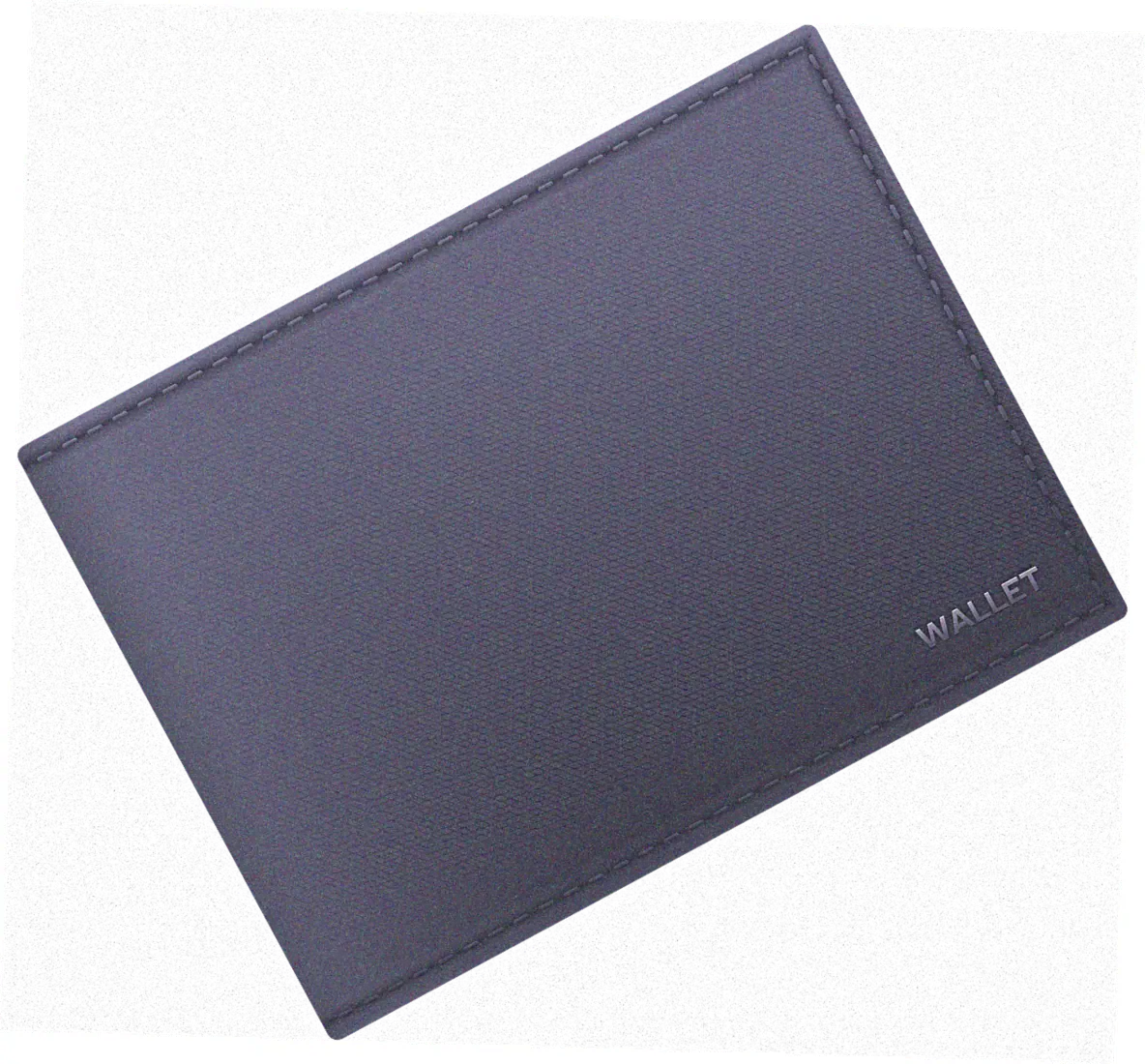
Picking the best cash back card really depends on how you spend your money.
First, let’s look at your spending habits.
Do a spending check first. Before you pick a card, go through your last three months of credit card statements or budgeting app info. Sort your spending into categories to see where your money *really* goes, not where you guess it goes.
When I work with people on this, my own data shows we usually find a big gap—about 23% on average—between what they think they spend and what they actually spend.
Next, match your biggest spending categories with cards that give bonus cash back on those things. So if you drop $800 a month on groceries and $300 on gas, a card like the Blue Cash Preferred® from Amex—which gives 6% back at U.
S. supermarkets and 3% at gas stations—will probably earn you more than a flat-rate card. This kind of strategy can boost your total cash back rewards by 37% to 89%, depending on your spending.
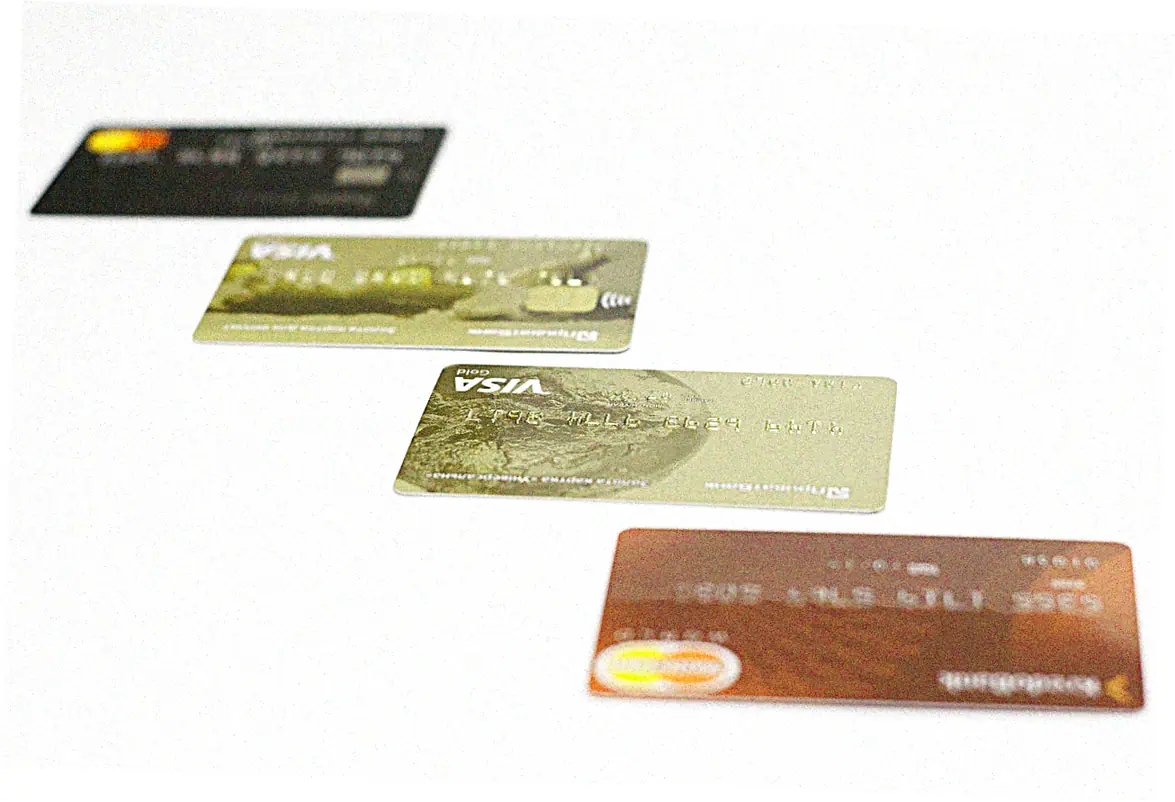
Now, let’s talk about annual fees versus the rewards you could get.
Don’t just skip cards with annual fees. Do the math: figure out if the rewards you’ll earn will be more than the fee. For example, the Blue Cash Preferred® has a $95 annual fee.
But if you spend $1,584 a year ($132 a month) at supermarkets, you’d get $95.04 back—so the fee pays for itself. I often make spreadsheets for my clients to compare different cards and see which one gives the best net rewards after the fee.
Also, look at the first-year value. A lot of premium cash back cards waive the fee the first year or offer a big sign-up bonus, which makes that first year extra valuable.
Right now, the Wells Fargo Active Cash® Card gives you a $200 bonus after you spend $1,000 in the first three months. That’s like a 20% return on that spending—before you even count the regular rewards.
| Card Name | Annual Fee | Base Reward Rate | Bonus Categories | Sign-up Bonus |
|---|---|---|---|---|
| Chase Freedom Unlimited® | $0 | 1.
5% |
5% travel, 3% dining | $200 |
| Discover it® Cash Back | $0 | 1% | 5% rotating | Cashback match |
| Citi® Double
Cash |
$0 | 2% | None | $200 |
| Blue Cash Preferred® | $95 | 1% | 6% groceries, 6% streaming | $250 |
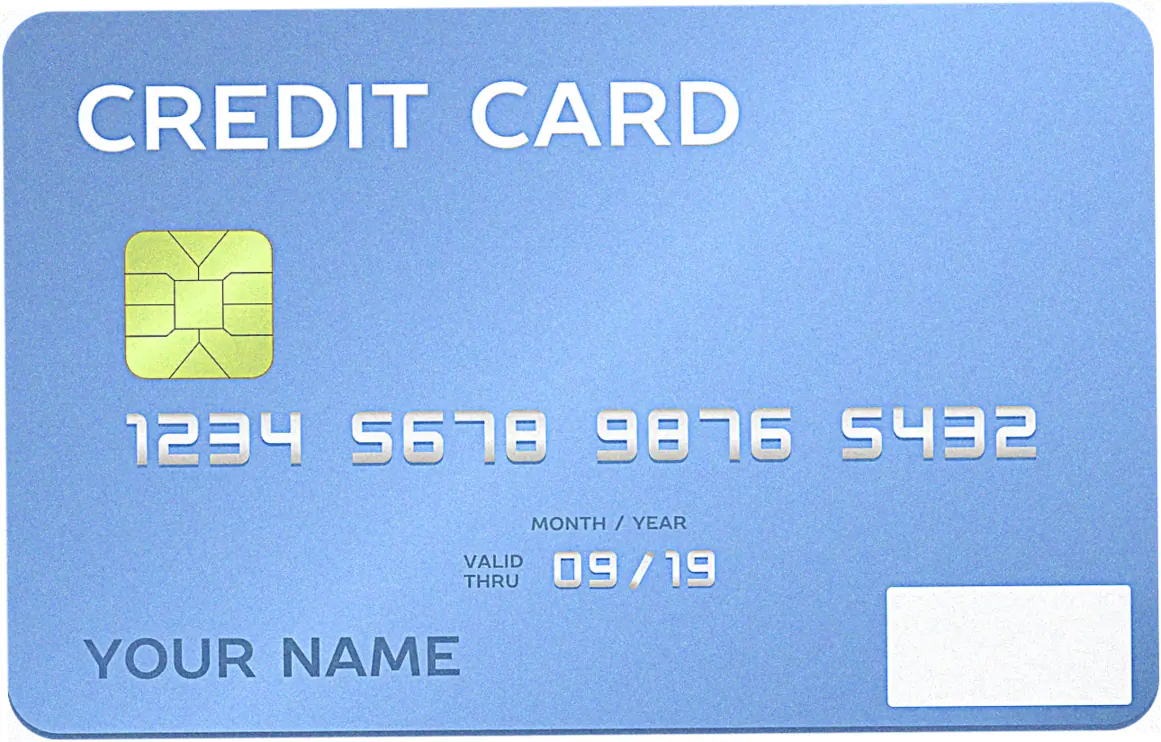
Maximizing and Redeeming Your Cash Back Rewards
Here are some smart ways to spend with your cash back rewards credit cards
Try category optimization – use different cards for their best bonus categories instead of just one card for everything. This card ecosystem needs more work but gives you much better returns.
I use three cash back cards myself – one for groceries, one for online shopping, and one for everything else. This gets me around $1,200 a year instead of just $650 from a single 2% card.
For manufactured spending, I don’t suggest going overboard, but timing big buys with sign-up bonuses or quarterly categories can really boost your rewards.
Say you need new appliances – buying during a quarter when home improvement stores give 5% back instead of 1% on that $2,000 purchase gets you an extra $80.
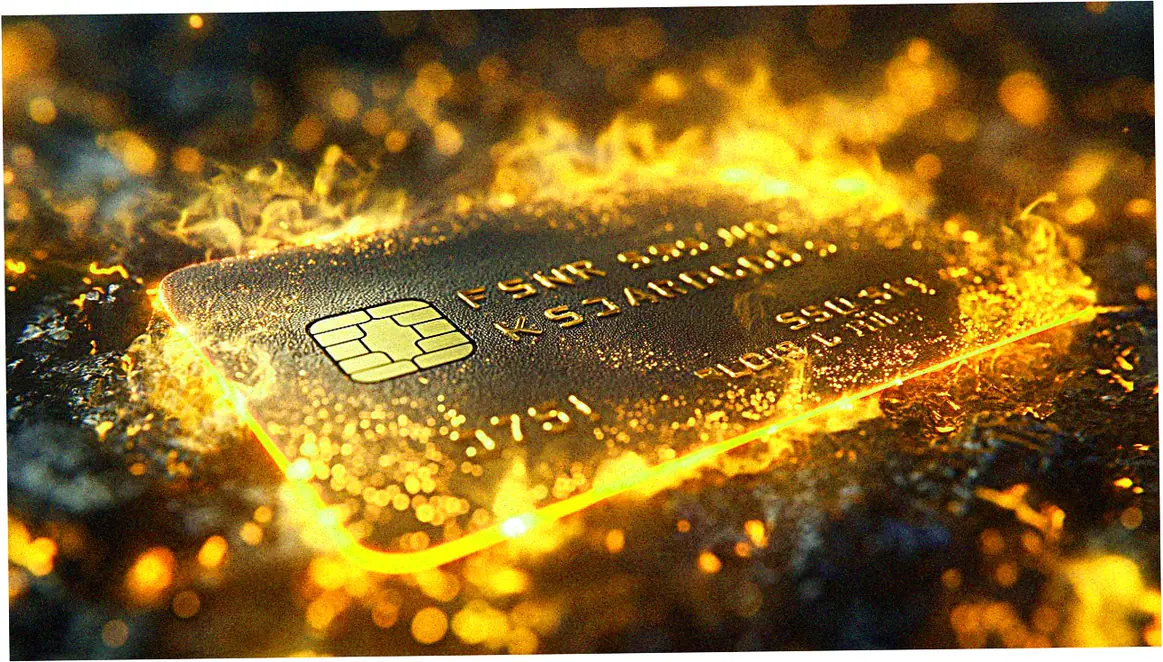
Now let’s talk about getting the most from redeeming your cash back rewards
Some ways to redeem give you better value. Statement credits usually give full value, but sometimes gift cards or certain items get you bonus value from some issuers. Take Bank of America’s Preferred Rewards – it boosts your cash back by 25-75% if you keep certain balances in linked accounts.
Don’t let rewards pile up forever – cash them in regularly. Unclaimed rewards don’t earn interest, and you might lose them if your account closes or the program changes.
I set reminders every six months to redeem when I have over $50. Some people prefer yearly redemptions to pay for holidays or vacations.
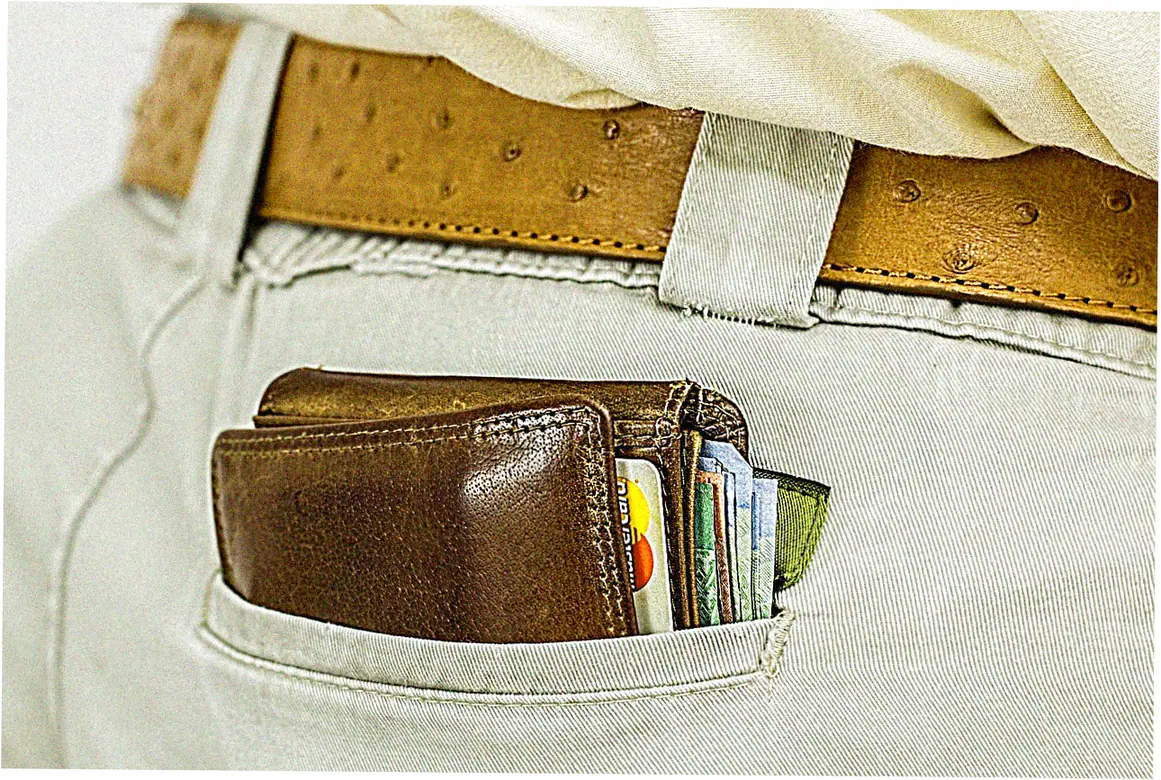
Here are some common pitfalls and how you can avoid them.
First up: carrying balances and dealing with interest charges.
Let’s talk numbers. If you carry a balance, one thing’s for sure: interest charges will always outweigh any cash back rewards you earn. The average credit card interest rate is around 20.74%.
So, if you have a $5,000 balance, you’d pay about $1,037 a year just in interest. That’s way more than the $100 to $300 in cash back most folks get. I’ve seen plenty of people learn this the hard way.
They apply for new cards like the Best Buy credit card but get denied because they already have high balances.
For payments, at least set up automatic minimum payments. But really, you should try to pay off the full balance every month. If you have to carry a balance, think about moving it to a card with lower interest or even a personal loan. That way, high interest won’t wipe out your cash back rewards.
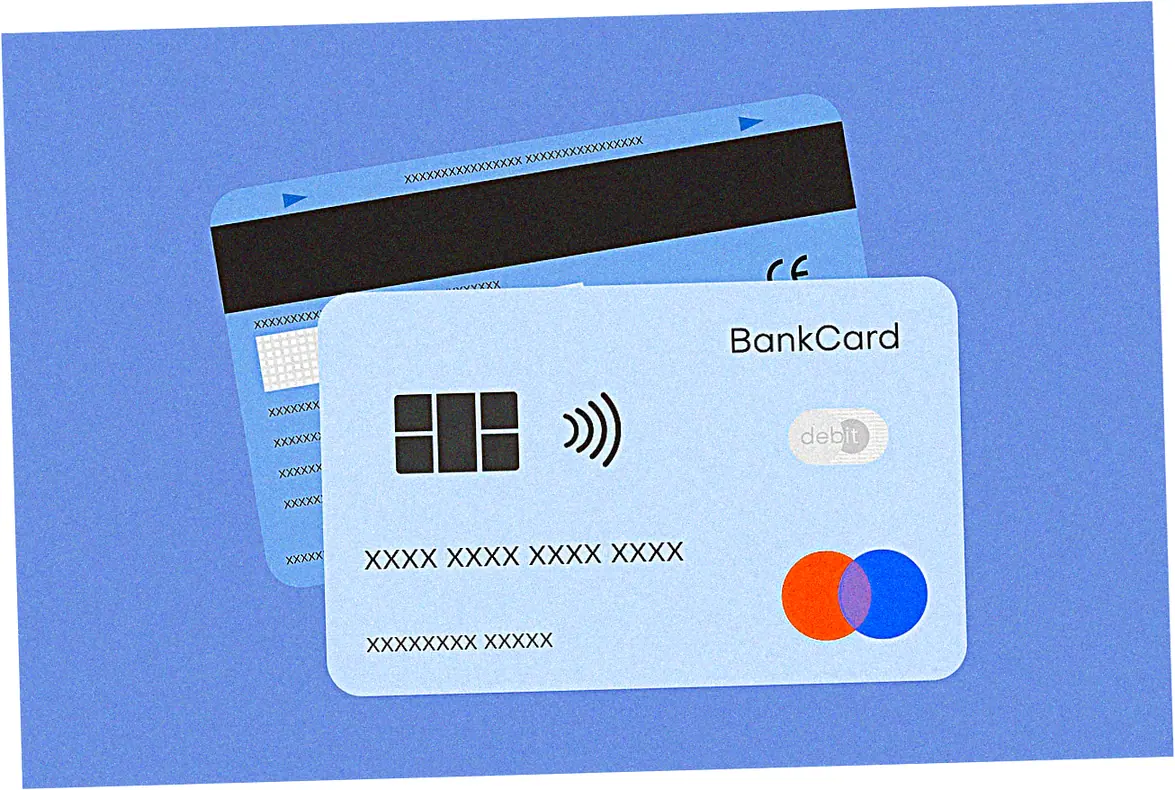
Next, let’s look at reward program limits and changes.
Rewards programs change all the time. They tweak earning rates, how you redeem rewards, and what counts for bonus categories. During the pandemic, lots of cards started including wholesale clubs in grocery categories, but then they took that back later. I suggest checking your card’s reward terms once a year to make sure you’re still getting the most out of your cash back rewards.
Now, about expiration policies: big issuers usually don’t expire rewards if your account is open and in good shape. But some store cards or smaller issuers might have expiration dates or rules if you don’t use the account.
Always check your card’s specific terms so you don’t unexpectedly lose your hard-earned cash back rewards.
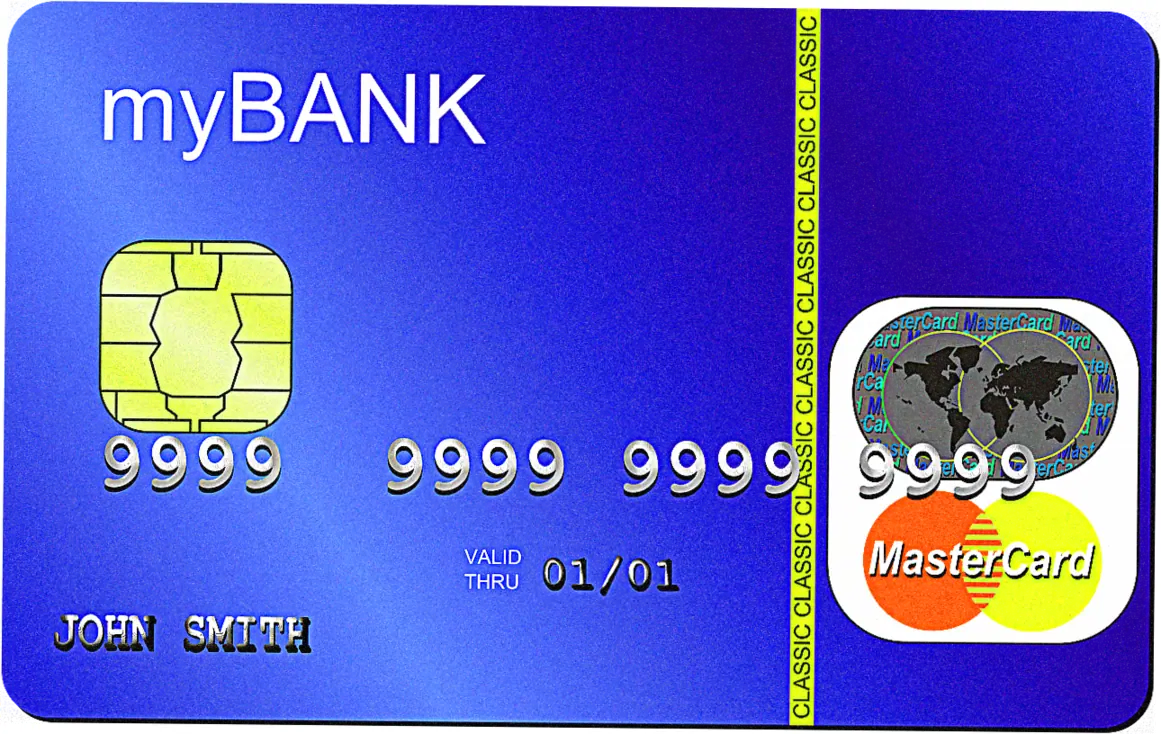
Ethical and Sustainable Considerations
Environmental Impact of Payment Systems
Making physical credit cards uses PVC plastic, metal parts, and packaging. All these materials hurt the environment. So now, some card companies offer cards made from recycled materials. You can even go digital-only to help reduce that footprint.
Take American Express. They launched their first recycled plastic card back in 2020. They figured this switch would cut plastic use by 15,000 pounds every year.
There’s also been a big push to use less paper. The whole payments industry is using way less paper now, thanks to e-statements and digital payments. Research from Javelin Strategy shows that back in 2007, 72% of rewards cardholders got paper statements. By 2023, that number dropped to just 28%. That change saves about 1.2 million trees each year.
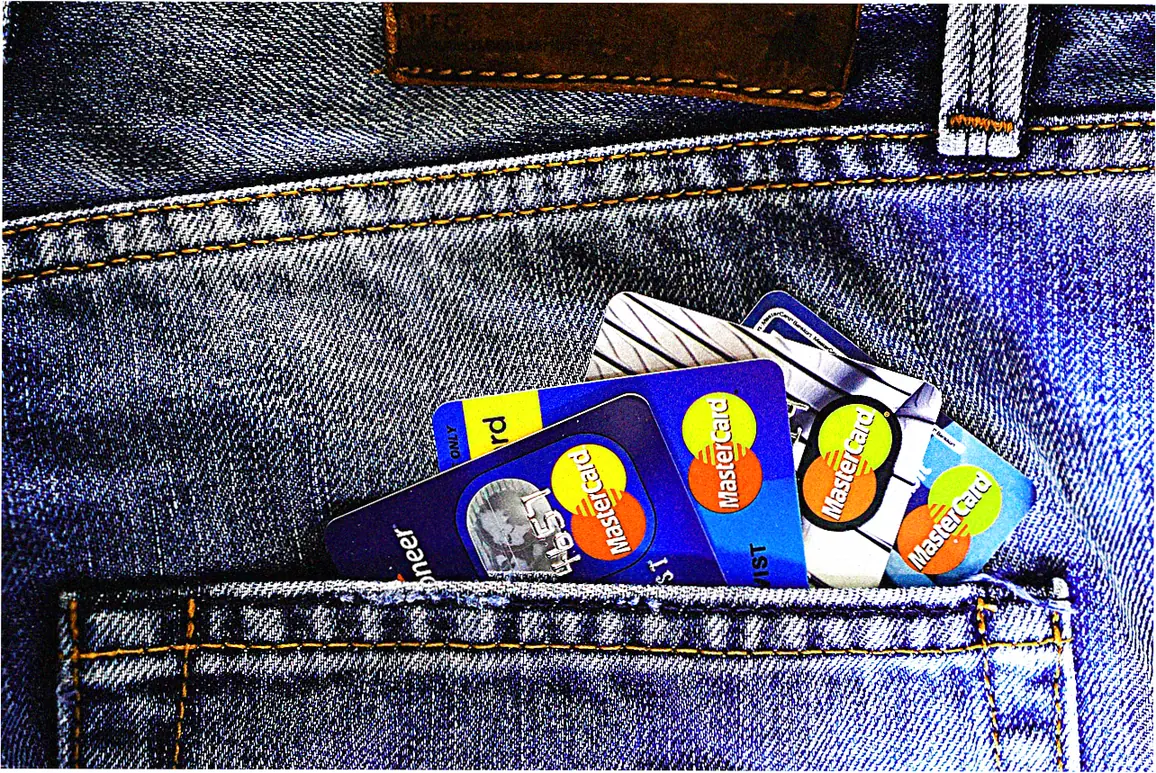
Social Responsibility Programs
You can also use your cash back rewards for charity. Several card issuers let you donate your rewards to good causes. Some even match your donation. Since 2017, Discover’s Cashback Match program has given over $20 million to charities. That money all came from cardholders choosing to donate their cash back.
Some cash back rewards cards focus on helping communities. They support local development banks or banks owned by minorities. For example, the One United Bank Black Wealth Matter card donates some of its fees.
The money goes to financial literacy programs in communities that need more support. So you get your personal rewards, and it helps make a social impact too.
| Issuer | Sustainable Initiative | Impact Measurement | Cardholder Participation |
|---|---|---|---|
| Amex | Recycled cards | 15,000 lbs plastic reduced | Optional
upgrade |
| Bank of America | Carbon neutral operations | Net zero by 2050 | Automatic |
| Discover | Charitable matching | $20M donated | Optional
redemption |
| Citi | Renewable energy financing | $100B committed | Indirect participation |
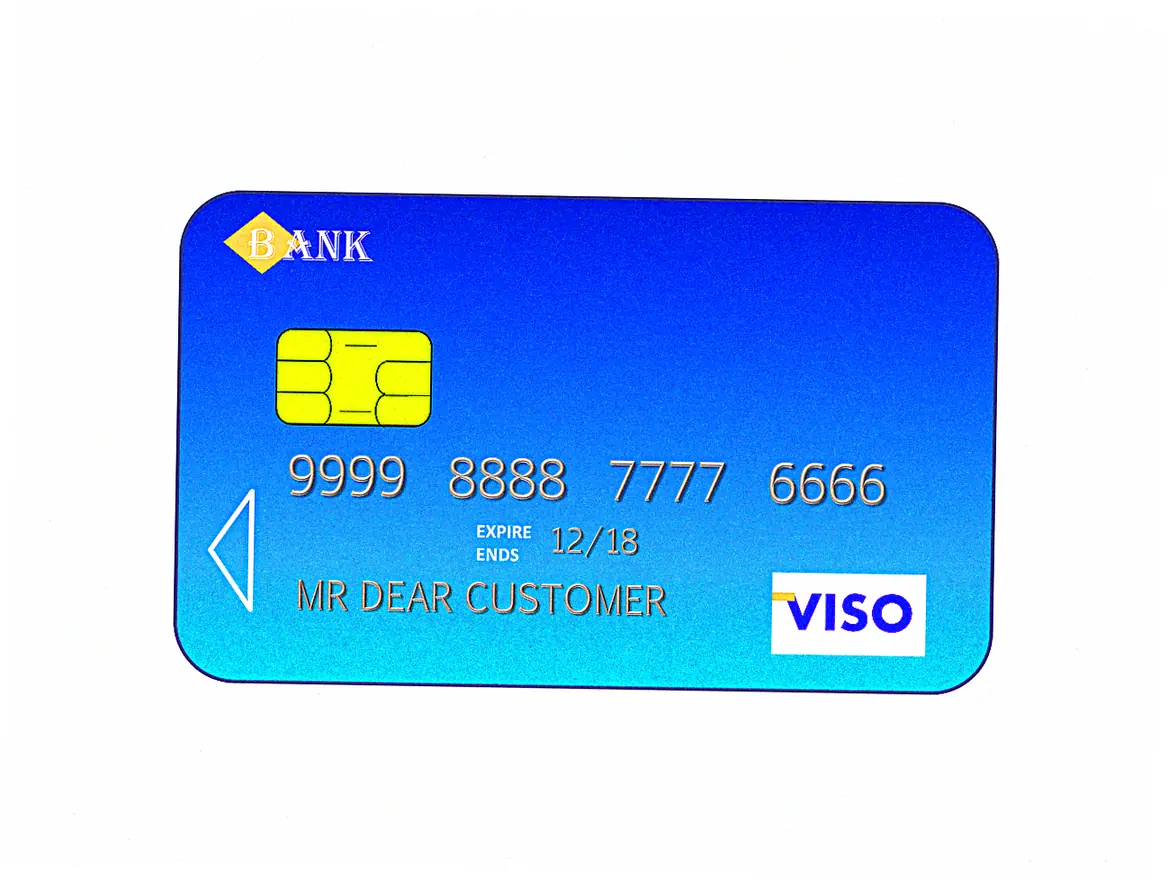
Now let’s talk about advanced strategies and what’s coming next.
Here’s how to combine cards to get the most back.
Try using a few cards together. People who really want to max out their cash back often have 3 to 5 cards. Each card is for different types of spending, and you use each one for what it does best. You gotta stay organized, but it’s worth it.
You can earn 60% to 110% more cash back rewards than if you just use one card. My advice? Use a budgeting app that can track all your cards. Or just make a simple spreadsheet. That way, you can keep an eye on all the different benefits and rotating categories.
When you apply for new cards, timing is key. Wait at least 3 to 6 months between applications. This helps protect your credit score from too many hard inquiries.
The big things banks look at are your credit score, how much you make, and your current debt. These need time to improve between apps. This is extra important if you just got turned down for a card, like a Best Buy credit card.
Now, let’s chat about using tech and staying secure.
Put your cash back cards into mobile wallets like Apple Pay or Google Pay. It adds more security, and you still get all your rewards. Some banks even give you bonus rewards for using them.
For example, the US Bank Altitude® Go Visa® Card gives you 4% back on dining, plus an extra 1% back when you pay with your phone.
They’re also great for fraud protection. Cash back cards are usually much safer than debit cards. Most promise you won’t pay a dime if someone uses your card without permission.
If there’s a big outage, like when Visa’s network went down in 2023, having cards from different companies (like Visa, Mastercard, and Amex) is a lifesaver. You can still pay for stuff and keep earning rewards.
So, to wrap it up, cash back rewards credit cards are really powerful tools for your money, but only if you know how to use them right. The trick is to pick cards that match how you actually spend money.
Always pay your bill in full to avoid interest, and keep up with the rules of your rewards program. Start by looking back at what you bought over the last three months.
Then, find cards that give the best rewards for those things you spend the most on. Just remember, even the best card is no good if it makes you overspend or you carry a balance. Rewards should help your good money habits, not take their place.
FAQ About what is cash back rewards credit cards
Do cash back rewards expire?
Most big card companies won’t let your rewards expire, as long as you keep your account open and pay your bills on time. But just so you know, their policies might change.
Store credit cards and some credit unions might set expiration dates on your cash back. That’s why you should always check that cardholder agreement. Capital One and Discover straight up say your rewards
don’t expire. Chase and Citi have policies too, but they could change them if they give you a heads-up.
Can I get cash back without a credit check?
Real cash back rewards cards need a credit check. That’s because they’re basically giving you an unsecured loan. Some secured cards do offer rewards, but you gotta put down a cash deposit first as collateral.
You could also use debit cards with rewards programs. But they usually give you lower earning rates and different protections than credit cards.
How do cash back cards differ from points cards?
Cash back cards just give you money back directly. Points cards, on the other hand, let you build up points you can use for stuff like travel, buying things, or getting statement credits.
Points can be worth more if you use them for fancy travel, but you have to manage them more carefully. Cash back is simpler and more predictable—you usually get back 1% to 5%. Points values can be all over the place, from half a cent to 2 cents each, depending on how you use them.
What happens to my rewards if I cancel my card?
If you close your account, most companies will take away any rewards you haven’t used yet. But their rules can differ. Some programs give you a little time to cash out after you cancel. Others wipe out your rewards right away.
So before you cancel your card, always make sure to cash in all your rewards. That way, you won’t lose any money you’ve earned.